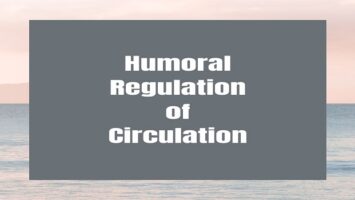Primeval Earth:
The origin of life or biopoiesis cannot be explained unless we trace the earth’s geological history. According to a reliable estimate (Urey, 1952), the earth is believed to be formed about 4.5 billion years ago. Tremendous heat was generated in the earth and the atmosphere consisted of many lighter elements in a gaseous state. The earliest atmosphere of the Earth probably consisted of water, ammonia, methane, hydrogen sulfide, hydrogen, nitrogen, and carbon dioxide. As the earth gradually cooled, most of these lighter elements (hydrogen, ammonia, and methane) eventually got lost.
The upper crust of the earth became hard and rocky, but below the surface, the trapped hydrogen and oxygen were subjected to great pressure and heat, which eventually condensed into water. This water escaped from the earth and formed an atmosphere of vapor. Gradually the earth’s surface got further cooled, condensing the vapor into water which poured down in the form of rain. The rains continued incessantly for thousands of years. This continuous downpour resulted in the erosion of rocks on the earth, forming vast oceans carrying dissolved minerals in it. Most of the minerals commonly found in the oceans (oxides and sulfates were however not formed then) formed a prebiotic soup.
There is an irresistible argument that the primitive forms of life must have depended on some kind of energy, as the present forms do. This suggests many possibilities. The sunlight, ultraviolet radiations, electric discharges, and heat must have been the agents responsible for catalytic reactions in the prebiotic earth. Electric discharges catalyze reactions to synthesize molecules, a phenomenon that has been experimentally proved. Sunlight can produce a large amount of oxygen by splitting water and producing simultaneously hydrogen, which is capable of enhancing the reducing power of the atmosphere. Haldane long ago suggested that in the prebiological earth, ultraviolet radiations were responsible for the generation of complex molecules. The reactions of this type do exist, as evidenced by the presence of formaldehyde and glyoxal in mixtures irradiated with ultraviolet rays.









Comments (No)